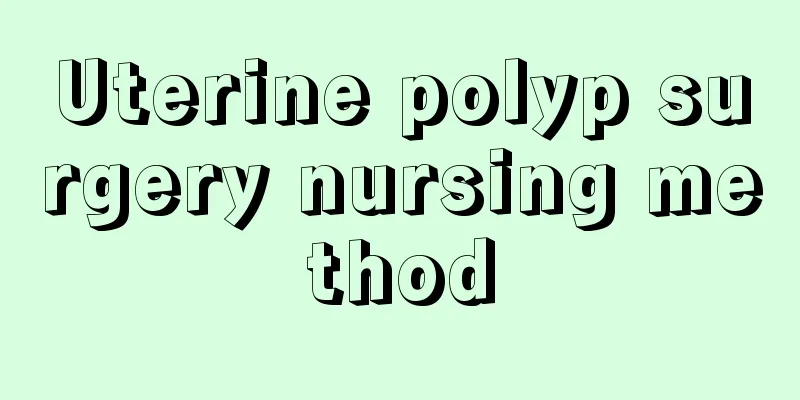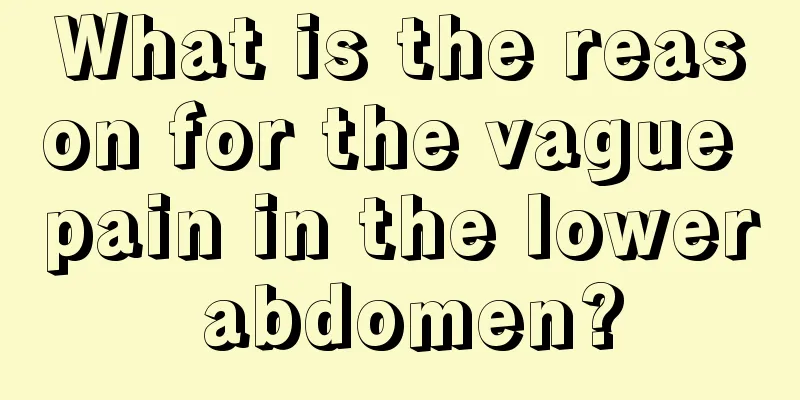What causes endometrial polyps?

|
In most cases, endometrial polyps are inflammatory local endometrial polyps with a large amount of connective tissue and blood vessels inside, which are endometrial neoplasms. After endometrial polyps are formed, there may be multiple polyps of different sizes. They are mainly attached to the inner wall of the endometrium, which can prolong the menstrual period of female patients and increase the amount of menstruation. The following is an introduction to the causes of endometrial polyps. Polyps are composed of endometrial tissue and often have altered menstrual cycles that are synchronized with the endometrium. A small number of polyp cells lack hormone receptors and only show proliferative changes, which are called non-functional polyps. The histological characteristics of endometrial polyps diagnosed by curettage are that the tissue masses are surrounded by complete epithelium, the glands are arranged in disorder and can vary in size, and inflammatory polyps are accompanied by fibrous tissue hyperplasia and chronic inflammatory cell infiltration. It is easier to identify when the secretory endometrium is mixed with non-functional polyps. Polyps with more smooth muscle tissue are called adenomyoma-type polyps. Excessive endometrial hyperplasia may lead to the formation of polyps, and some late secretory endometrium may show polyp-like changes. Comprehensive consideration must be given to the clinical and overall histological manifestations. Patients with endometrial polyps should pay attention to: keep their personal mood happy. Pay more attention to your diet and exercise more. Have regular physical examinations. One of the dangers of endometrial polyps is that they are manifested in symptoms. Patients with endometrial polyps may experience the following symptoms: menstrual disorders, increased menstrual flow, prolonged menstrual period, variable bleeding, and spotting. Although endometrial polyps can be treated with surgical removal, they are prone to recurrence after surgical removal. In order to avoid recurrence, you should go to the hospital for regular physical examinations after surgery and control endometrial inflammation in a timely manner. If the inflammation is not controlled and only surgical resection is performed, the postoperative inflammatory stimulation can also cause endometrial polyps to occur again. |
<<: What is the cause of bleeding after endometrial polyp surgery?
>>: Will endometrial polyps disappear?
Recommend
Symptoms of severe anemia during menstruation
Since women have menstruation every month, many w...
After kidney transplantation, you need to pay attention to diet, exercise, and follow-up examinations!
Author: Cai Ming, Chief Physician, Second Affilia...
The most economical skin care method, 6 steps to younger skin
Regardless of age, skin care is an essential topi...
What to do if there are white lesions on the vulva
In our daily life, there are many women who alway...
What are the professional treatments for vulvar leukoplakia?
Vulvar leukoplakia is a genital disease that many...
Will ankle edema caused by antihypertensive drugs have any adverse effects? How to deal with it?
A friend who suffers from high blood pressure tol...
Causes of abnormal black vaginal discharge
As we all know, there are great physiological dif...
The milk ducts are open but the milk is low
Women will produce milk within 1 to 2 days after ...
Can I really take a shower right after having an abortion?
Due to the lack of sex education among young peop...
How to induce lactation in postpartum women? These methods are very effective
Some women do not produce milk after giving birth...
How to remove blackheads correctly?
A white skin can hide a hundred uglinesses. As lo...
What is the reason why I am always unclean after my period?
Many girls have this feeling, that is, even after...
Symptoms of mild cervical columnar epithelium ectopia
Mild cervical columnar epithelial ectopia is a co...
Menstrual blood is brown
The menstrual blood of normal women should be dar...
What should I do if my breasts swell in early pregnancy?
Many women often experience some physical discomf...









